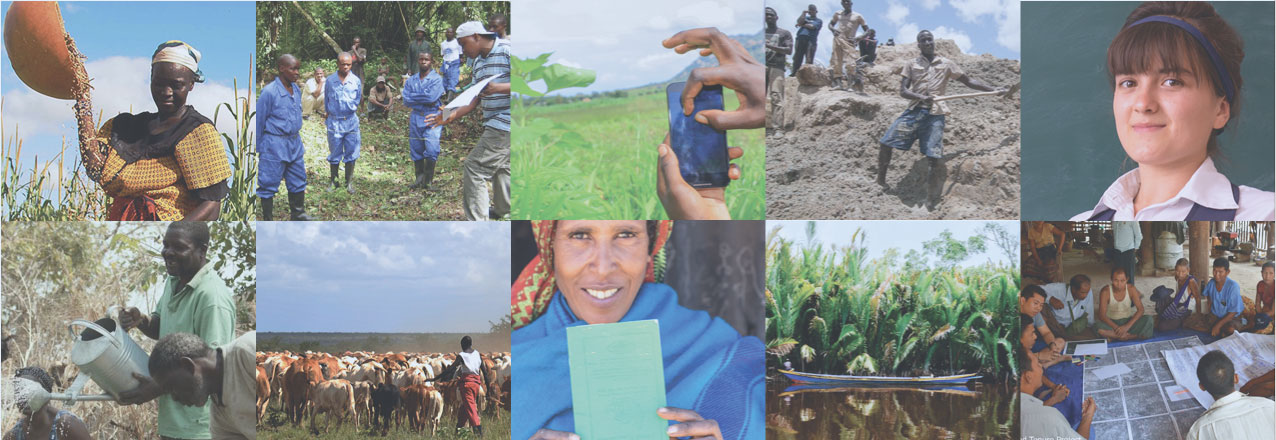A lot has happened with #landmatters over the past year. Let’s take a look at USAID’s top 10 land matters stories!
- Mobile Mapping Expands Across Africa
“Mobile Mapping Expands Across Africa” follows USAID’s Mobile Applications to Secure Tenure (MAST) program as it expands from Tanzania and Zambia to Burkina Faso, making the process of mapping land rights simpler and less expensive.
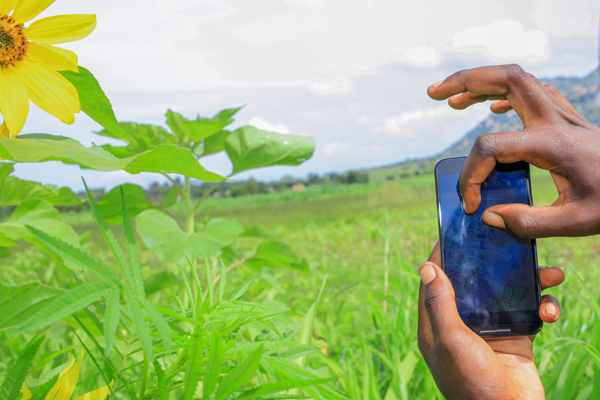
View the photo essay and learn more »
- African Union Pledges 30% of Land Will Now Be Allocated to Women
Earlier this year, the African Union made a groundbreaking pledge: by 2025, thirty percent of land in Africa will be allocated to women—and documented in their names. Why does this matter? Read this article by Susan Markham, Senior Coordinator for Gender Equality and Women’s Empowerment at USAID.
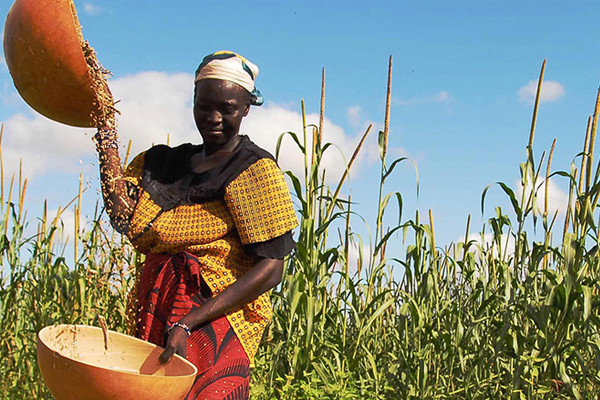
View the full story and learn more »
- USAID Goes Myth-Busters on Impact Evaluations
Are impact evaluations too difficult and expensive? Do they take years to show results? Here are some of the common misconceptions about impact evaluations and some lessons learned from a USAID funded impact evaluation in Zambia.
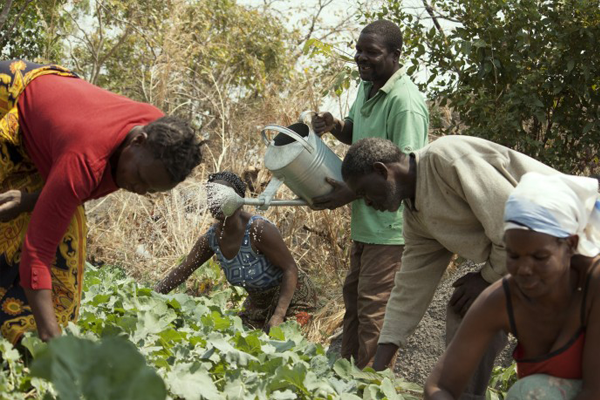
View the full story and learn more »
- Looking Back on a Decade of Feeding Ethiopia’s Future
“Feeding Ethiopia’s Future: Lessons from a Decade of Land Certification” looks back on the measurable impact made by USAID’s land certification programs in Ethiopia, including a 44 percent increase in the likelihood of a wife deciding which crops to grow on land under her control, an 11 percent increase in the likelihood of a woman possessing land in her own name, and a 10 percent increase in the likelihood of a household taking out any credit for farming.
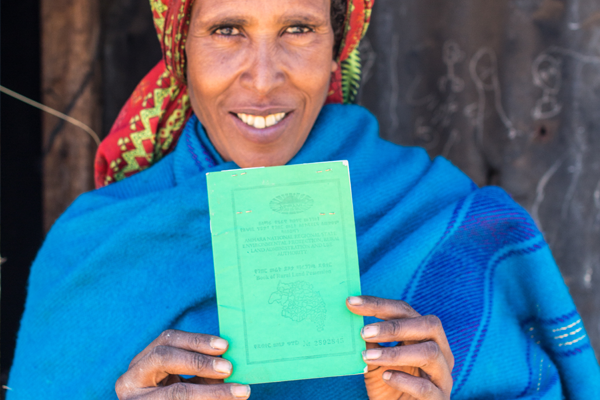
View the photo essay and learn more »
- Glimmers of Hope in Côte d’Ivoire Two and a Half Years After the Diamond Ban Lift
In the time since the UN lifted its embargo in 2014, Côte d’Ivoire has been rebuilding its diamond industry to re-enter the legal diamond trade. USAID has been partnering with the European Union on a project that is working with the local diamond industry to strengthen property rights and governance and improve the livelihoods of artisanal mining communities.
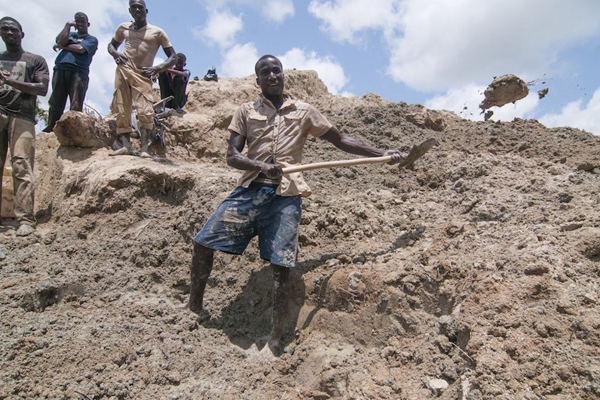
View the full story and learn more »
- Improving Pastoral Land Management in Kenya & Namibia
“Empowering Pastoralists: How mobile technology is protecting land and connecting communities” provides a look at the work that USAID and the US Department of Agriculture are doing in Kenya and Namibia through the Land Potential Knowledge System (LandPKS) project.
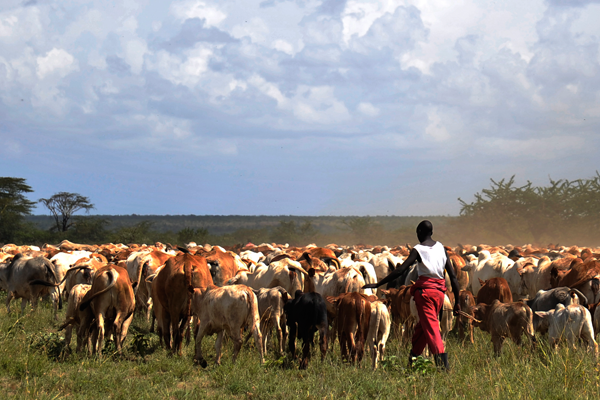
View the photo essay and learn more »
- Policies Created from the Ground Up
USAID is on the ground in Burma, supporting rural families, communities, and the government to create the fundamental policies needed to strengthen community land and forest rights, empower communities to manage their shared assets effectively, curtail deforestation, and ultimately combat global climate change.
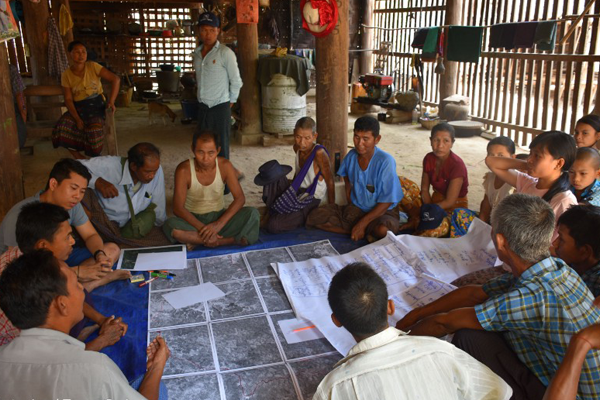
View the full story and learn more »
- The Human Element of Mangrove Management
“The Human Element of Mangrove Management” navigates the need for a more robust analysis of the ways land governance, resource rights arrangements, and land use planning — the social aspects of the conservation challenge — affect mangrove conservation and rehabilitation.
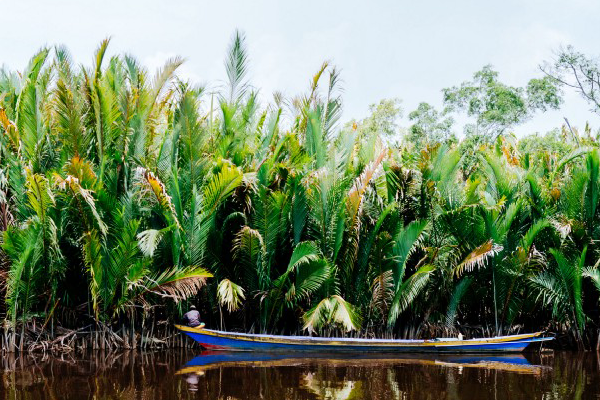
View the photo essay and learn more »
- Unpacking Land, Conflict, and Sustainable Development in Liberia
As Liberia and other countries around the world take steps to strengthen land governance, it is important to be mindful of the importance of addressing land disputes. And while addressing the complex issues around land disputes can be challenging, USAID has developed practical recommendations to help guide programs and decision making.
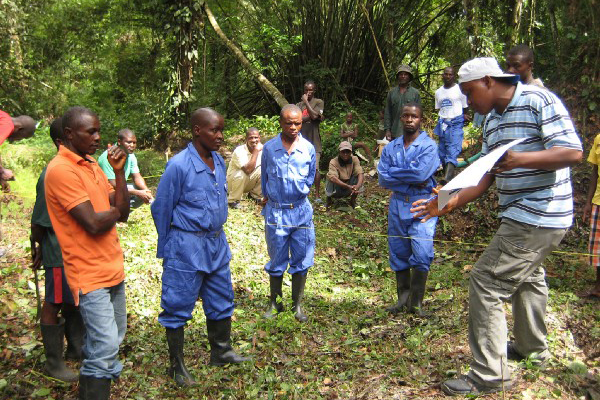
View the full story and learn more »
- Tajikistan’s Youth are Changing the Way We Look at Land Rights
As part of the U.S. Government’s Feed the Future initiative, USAID has helped support an effort to integrate land rights into school curriculums by establishing the course materials, which include a textbook and a fact-sheet on ways to resolve common land disputes. Adults may not always recognize how influential youth can be. But in Tajikistan, USAID knows that youth often serve as a bridge of information, helping their families understand and adopt new practices.



